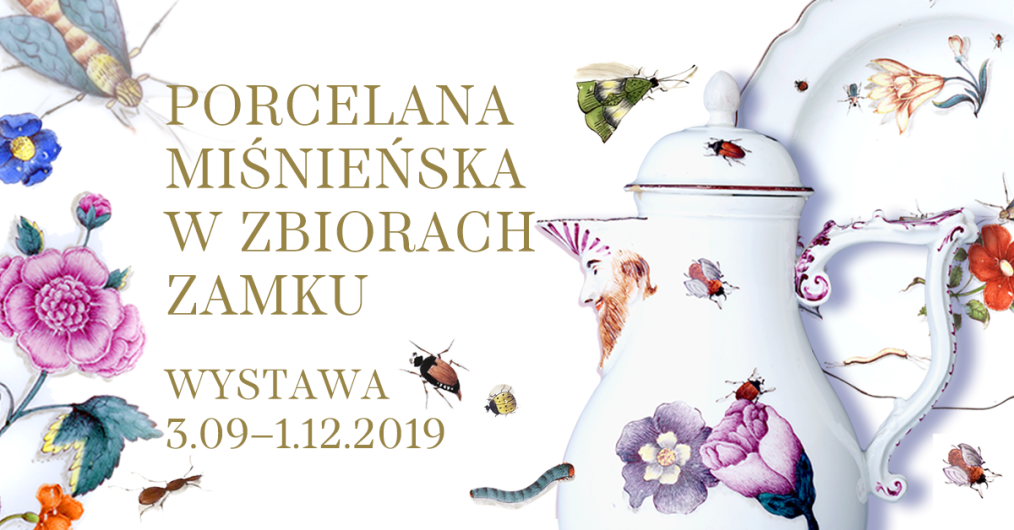Meissen Porcelain in the Collections of Wawel Royal Castle
September 3 — December 1, 2019
Wawel Royal Castle holds more than four hundred pieces of tableware and figures produced in the world-renowned Meissen porcelain manufactory. Comprising largely early, often rare, works it is the leading collection of its kind in Poland. The exhibition Meissen Porcelain in the Collections of Wawel Royal Castle presents a unique opportunity to see all of these exquisite objects together.
Arranged thematically by either subject matter or decorative technique, the works present an overview of the key lines of development of the manufactory founded in 1710 by Augustus II the Strong, king of Poland and elector of Saxony.
The exhibition opens with a Böttger stoneware vessel and several pieces of the earliest porcelain produced at Meissen, which were sent out to be decorated, most often to the goldsmiths of Augsburg. The wares produced in the 1720s and 1730s, and decorated in the painting workshop established at Meissen by Johann Gregorius Höroldt, are especially fine.
Some pieces are decorated with chinoiserie scenes, others with European motifs. Several of the works on view – hexagonal vases and dishes decorated after Far Eastern originals – come from Augustus II’s Japanese Palace in Dresden.
Brilliant enamel colors and elegant compositions of decorative motifs characterize Meissen wares painted in the Kakiemon style. Under King Augustus III, the production of porcelain services gained ground. Two of the most celebrated Baroque armorial dinner services, produced for the king’s prime ministers Aleksander Józef Sułkowski and Heinrich von Brühl, are well represented in the exhibition. An exceptional group of objects with a Polish connection, includes cups and saucers from an armorial service presented to Queen Marie Leszczyńska of France by Augustus III. Vessels from the service of Adam Stanisław Götzendorf-Grabowski, prince-bishop of Warmia, also bear heraldic decoration.
The exceptional range and talent of the Meissen artists are on full display in wares with applied molded decoration, animal-shaped vessels, and decorative figures once used to create centerpieces for dessert tables. The tour de force of Wawel’s Meissen collection is the Crucifixion of 1744, a large figural group by the eminent sculptor Johann Joachim Kaendler.
Wawel Royal Castle holds more than four hundred pieces of tableware and figures produced in the world-renowned Meissen porcelain manufactory. Comprising largely early, often rare, works it is the leading collection of its kind in Poland. The exhibition Meissen Porcelain in the Collections of Wawel Royal Castle presents a unique opportunity to see all of these exquisite objects together.
Arranged thematically by either subject matter or decorative technique, the works present an overview of the key lines of development of the manufactory founded in 1710 by Augustus II the Strong, king of Poland and elector of Saxony.
The exhibition opens with a Böttger stoneware vessel and several pieces of the earliest porcelain produced at Meissen, which were sent out to be decorated, most often to the goldsmiths of Augsburg. The wares produced in the 1720s and 1730s, and decorated in the painting workshop established at Meissen by Johann Gregorius Höroldt, are especially fine.
Some pieces are decorated with chinoiserie scenes, others with European motifs. Several of the works on view – hexagonal vases and dishes decorated after Far Eastern originals – come from Augustus II’s Japanese Palace in Dresden.
Brilliant enamel colors and elegant compositions of decorative motifs characterize Meissen wares painted in the Kakiemon style. Under King Augustus III, the production of porcelain services gained ground. Two of the most celebrated Baroque armorial dinner services, produced for the king’s prime ministers Aleksander Józef Sułkowski and Heinrich von Brühl, are well represented in the exhibition. An exceptional group of objects with a Polish connection, includes cups and saucers from an armorial service presented to Queen Marie Leszczyńska of France by Augustus III. Vessels from the service of Adam Stanisław Götzendorf-Grabowski, prince-bishop of Warmia, also bear heraldic decoration.
The exceptional range and talent of the Meissen artists are on full display in wares with applied molded decoration, animal-shaped vessels, and decorative figures once used to create centerpieces for dessert tables. The tour de force of Wawel’s Meissen collection is the Crucifixion of 1744, a large figural group by the eminent sculptor Johann Joachim Kaendler.

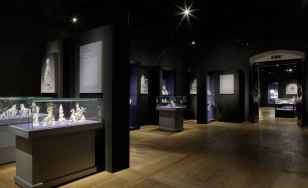
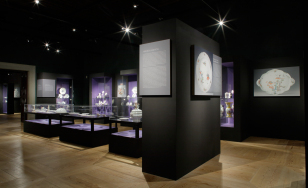
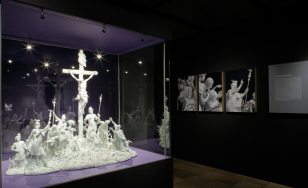
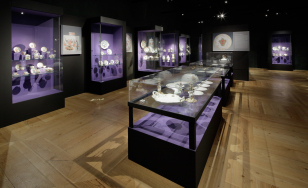
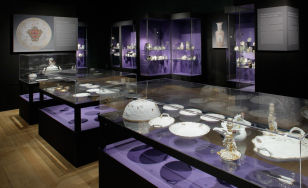
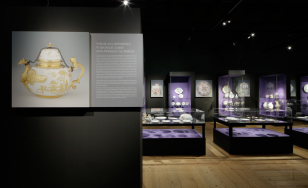




 Regular Media Patron
Regular Media Patron


